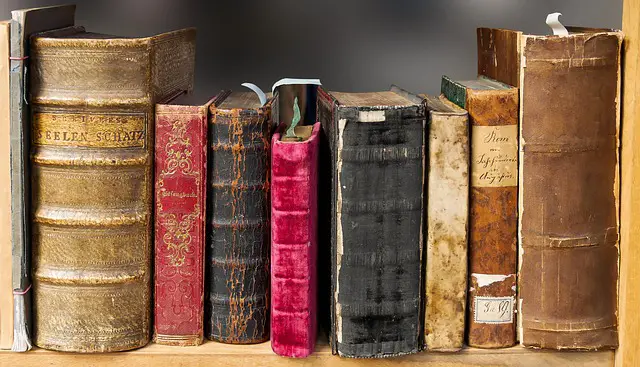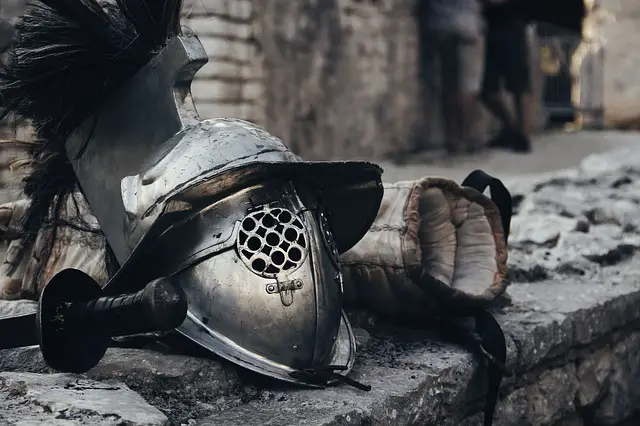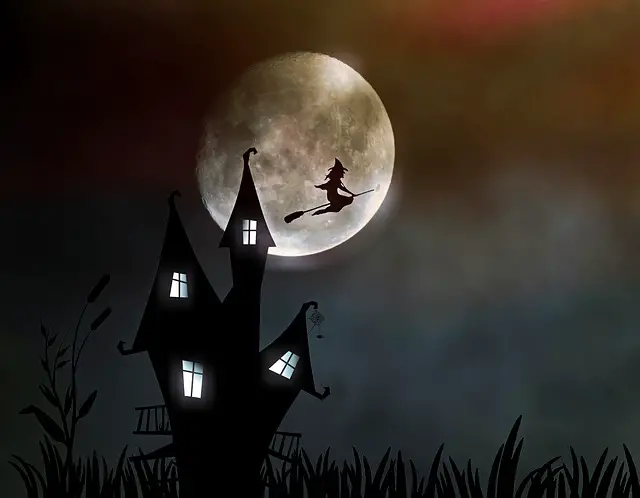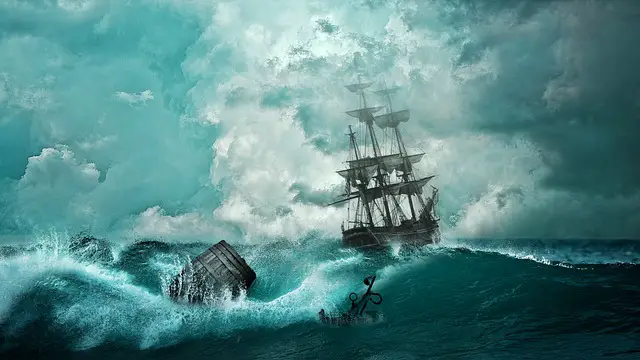A narrative typically has a structure to it.
This typically breaks the structure down into two parts: plot and setting.
A plot is typically defined as the sequence of events in a story, while the setting is everything that occurs within the story.
The essential sorts of account structure, or story structure, come in these structures:
- Books
- Sonnets or Poetry
- Dramatization or Plays
- Short Stories
- Novellas
- Myths, Legends, Fairytales
4 different structure types of literature

The Five Act Structure
The Five Act Structure also known as the sensational structure, are used to find plays/shows.
The five act structure, which has been redeveloped from the three act structure, can be overlaid onto a customary plot outline consisting of an average introduction, rising action, climax, falling action, and conclusion.
Plot Diagrams
The plot diagram is a simple organizational tool that can help writers to visualize their story. The plot diagram is a pyramid or triangular shape, which is used to map the events in a story.
The Hero’s Journey

The hero’s journey is a story structure that has been used in many epos and other pieces of creative writing over the centuries.
The most prominent example would be Homer’s The Odyssey.
The hero’s Journey is the common template of stories that involve a hero who goes on an adventure, is victorious in a decisive crisis, and comes home changed or transformed.
The Five Essential Elements Of A Story

A story has five basic but important elements.
These five components are the characters, the setting, the plot, the conflict, and the resolution.
Without these five elements, a story cannot be complete.
These very important parts help the story flow, keeping it interesting and keeping the action logical. The reader is able to follow what’s happening.
CHARACTERS
Characters are the most important component of any story. They are the backbone of what makes a story interesting.
Characters can be protagonists or antagonists, heroes or villains, or everything in between. They are the individuals that the story is about.
A story without a main character is pointless.
They are the driving force behind the plot and usually solve whatever problem the story is about.
For example, in Star Wars there’s Luke Skywalker as our protagonist and princess Leia as our antagonist. Without these two characters, there wouldn’t be a story to tell.
However, the other characters are also important because they supply additional details, explanations, or actions.
It’s important to make sure characters stay true to how they are described by the author.
Not only does this help readers understand what is going on in the story, but it can also allow them to start getting a hint about what could happen next.
SETTING

The setting is where the action happens in a story.
It can be an interior or exterior space, or it can be a time period in history.
The point of the setting is to provide context for the story’s events and characters.
A good way to describe a scene is to use descriptive adjectives and adverbs, such as “the bright windows” or “the dusty shelves.”
It’s true that some readers find it interesting to read about very different/out-of-this-world settings.
However, most readers prefer more everyday settings so they can better visualize the story and care about what happens to the protagonist.
PLOT
The plot is the actual story around which the entire book is based.
A plot should have a very clear beginning, middle, and end—with all the necessary descriptions and suspense, called exposition—so that the reader knows what is happening at all times.
CONFLICT
Every story has a conflict that needs to be resolved. The story is about these characters who try to resolve this conflict at the center of the story.
The climax can be considered the most gripping and exciting moment in the story. The climax is the point of maximum interest before it moves into a resolution.
RESOLUTION
RESOLUTION is a word that is used to describe the way an action is resolved.
Resolution can be one of three things:
- The end of a story (e.g. “The problem was solved.”)
- The end of an argument or disagreement (e.g. “The two friends made up after their fight.”)
- The end of an illness or injury (e.g. “He got well after taking medicine.”).
Conclusion
A narrative structure is a framework that plots are built on.
It helps writers to tell stories in sequence by following certain patterns, which makes it easier for readers to understand and follow the story.
The use of narrative structure in storytelling has long been a crucial part of both literature and screenwriting because it helps writers to tell stories in sequence, following a pre-planned pattern that makes it easier for readers to understand and follow the story.
Leave a comment with your opinion or any questions you may have below…


